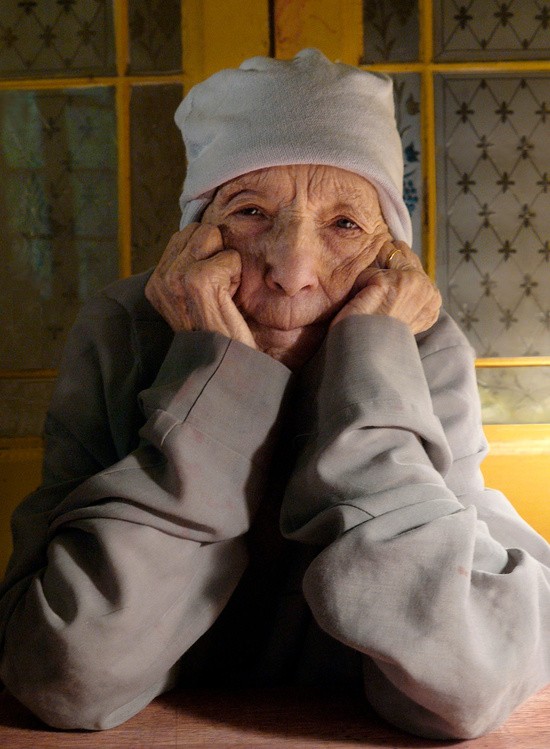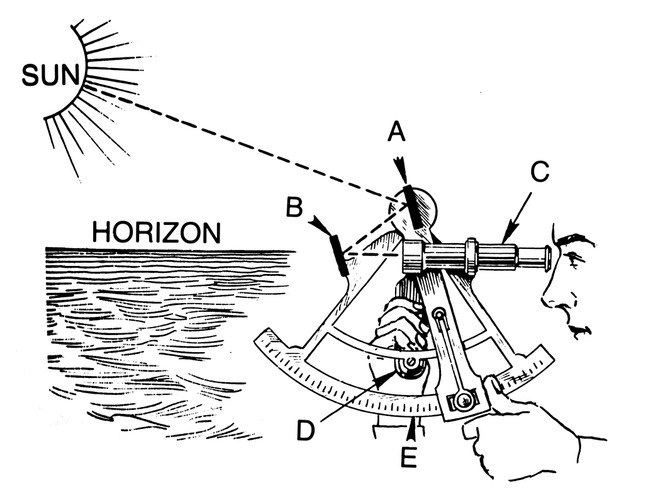We are all endlessly challenged by life, with a major obstacle being our frequent lack (or low degree) of agency. This also applies to artists, which is why increasing agency can often feel like a primary objective: to set up a life where your proactivity influences your fates as much and as competently as possible.
Agency is the capacity to act, and thus the result of all of a person’s experiences, thought patterns and psychological strategies – it doesn’t come easily or for free: it’s hard to do anything when depressed. There’s little agency available to a victim. It’s often the result of years of introspection, discussions, (self-)coaching or therapy. While every child has certain decision-making freedoms, a grown-up has deeper, harder, more challenging and potentially more consequential decisions to ponder.
As an artist, you want to make use of the creativity ascribed to children – the many ideas, hopes and dreams that can result in an artwork; your most precious challenge is to use your agency to pursue your art practice. At the same time, you need a firm grasp on the world, on reality: as potentially self-employed person, you need to navigate your life through both artistic practice and personal challenges, with ever-increasing business-savviness, self-knowledge and self-care. There’s little child-like about any of this. You need to develop a balance between the potentials of your inner child, and the necessities of being grown up. Every challenge lets you refine this balance anew. Yet quite obviously, some of the situations we’ll face will simply be too much for us. They can bring us to a stand-still.
How then to approach challenges? Consider the following template:
- Analyse the situation: What’s going on?
- What’s the essence of the challenge?
- What are the intentions and goals of each of the challenges’ participants?
- Create agency: You need to find out what room you have to maneuver the situation. Without this, there’s little space for agency. By starting to ponder your options, your agency begins to manifest. This removes you from self-victimization, and instead lets you become proactive. Ideally, you manage to create agency
- without causing harm to yourself (by compromising your core vision, collaborations, work, etc.), and
- without causing harm to others.
- Implement the steps as envisioned: Life will always interfere with the dry theory of plans. The better you visualize your strategies upfront, the easier they might play out, and the better you will likely be prepared for alterations. The stronger your experience with the specific subject matter, the better your chances in manifesting your vision: how to stretch a canvas; how to sell a sculpture; how to end a gallery collaboration; which lawyer to involve. The better your knowledge about psychological aspects of yourself and the involved people, groups and cultures, the less friction there will usually be between theory and practice.
- Do a postmortem: Reaching the finish line sees you more experienced: you moved through (or sidestepped) challenges, and experienced successes and/or failures. Yet how did you succeed or fail specifically? What’s the anatomy of the situation and your path through the challenge(s), analyzed retrospectively? The deeper your understanding of your experiences, the better you can be prepared for similar future experiences. The wider you dig into your experience, the better you can be prepared for further, slightly different future experiences: few situations result in only one lesson to learn. Most likely, there are all sorts of things to remember, for the next time a challenge arises. Consider:
- How spot-on was your original analysis? Were there specific aspects that unexpectedly were (in-)correct? Where did you succeed, and where did you fail miserably in understanding and anticipating the situation?
- How good was your strategy (to create agency)? If you understand your plan as a sum of actions with specific attributions: what were their consequences, and how could you have improved the result? Could you have reached the goal more smoothly, with less alienation or humiliation, or simply quicker or more efficiently?
- How did your implementation actually play out? Which aspects did you not consider correctly, in regards to people, situations, materials, processes etc? Which specific collaborators or negotiation partners, likes or dislikes emerged from this episode?
- How spot-on was your original analysis? Were there specific aspects that unexpectedly were (in-)correct? Where did you succeed, and where did you fail miserably in understanding and anticipating the situation?
Our lives are built on experiences – yet experiences themselves aren’t always to be trusted; if you don’t invest time to reflect upon them, they can stay shallow. It usually pays off to interrogate your actions (and their outcome) both radically analytically and emotionally. You need to embrace yourself, hug yourself, and then still find out why things went wrong or right. With luck, this helps you understand the world.
The deeper you know yourself, the more likely you will find goals and strategies that will make your life bearable, and potentially exciting and fun. Noone can do this for you, since everyone’s truths differ. You can surround yourself with people who help you on this way – but the will to analyze yourself has to emerge from yourself. It’s the first and final step to being a person with agency, and thus the prerequisite to succeed as an artist.

